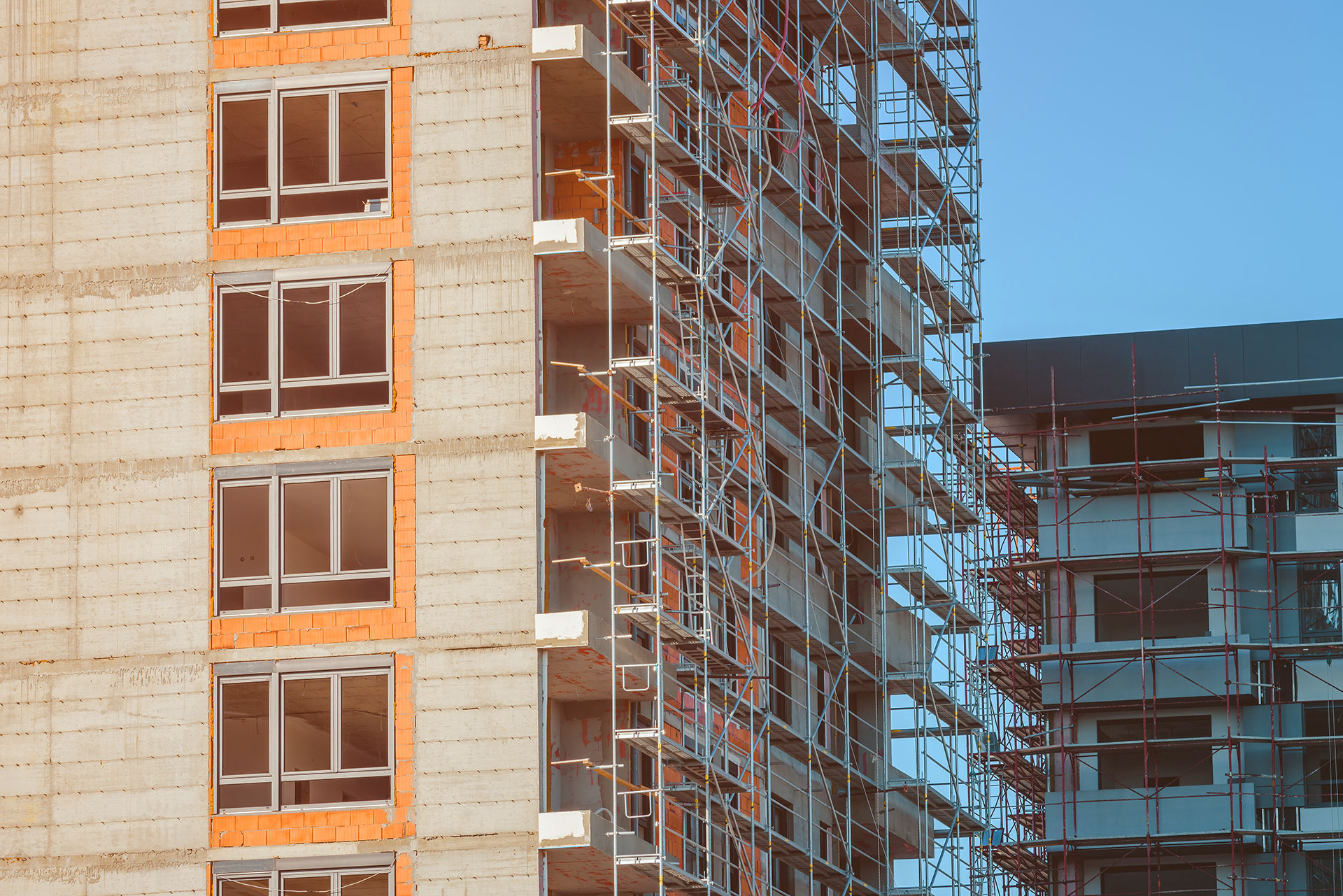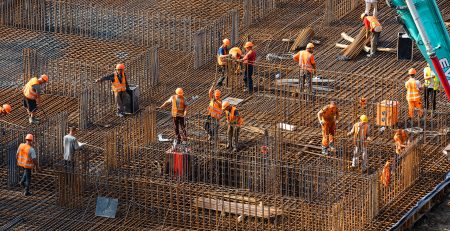The Joist System That Eliminates Bridging Requirements
In construction, small details add up to big results. Joist systems are a perfect example. They’re hidden beneath floors, unseen once the project is finished, yet they decide how solid that floor feels underfoot. For decades, builders relied on bridging to stiffen joists and keep them aligned. But new systems are challenging that norm, eliminating bridging altogether while still delivering strength.
Why Bridging Was The Standard
Traditional lumber joists need extra support to prevent twisting. Bridging, whether solid or cross-bracing, locks joists in place, spreading loads and keeping the floor from bouncing. Without it, floors feel soft, nails work loose, and long-term stability suffers. Builders once considered bridging a necessary part of every framing job.
A Smarter System for Stability
Modern engineered joist systems are changing the equation. By design, they resist twisting and bowing, holding their shape without extra bracing. The innovation lies in the geometry, flanges, and webs that distribute weight evenly, keeping everything aligned naturally.
The result: a stiffer, more reliable floor without the extra labor of installing bridging.
Speed Without Shortcuts
Cutting out bridging doesn’t just simplify the framing process. It accelerates it. Crews move faster, spend less time measuring and nailing bracing pieces, and focus on laying out floors.
The absence of bridging also clears the way for smoother runs of plumbing, HVAC, and electrical, reducing conflicts that slow trades down.
Long-Term Benefits Beyond Construction
Eliminating bridging isn’t only about installation speed. It also changes how buildings perform over decades. Floors framed with engineered systems are less prone to squeaks, more resistant to settling, and less likely to show the subtle dips that emerge when traditional joists twist over time.
Builders save on callbacks, and owners enjoy a home or building that feels solid year after year.
The Efficiency Ripple
Choosing a system that doesn’t require bridging offers benefits across the project:
- Faster installation with fewer interruptions
- Cleaner layouts for mechanical runs
- Reduced material waste from skipped bracing
- Floors that feel stronger and last longer
Rethinking Old Habits
The idea of eliminating bridging can sound strange to those who’ve built the same way for decades. But construction is always evolving. Just as engineered trusses replaced rafters in many projects, engineered joists with built-in stability are reshaping floor framing.
They show how innovation doesn’t just improve materials, it redefines best practices.
Conclusion
A joist system that eliminates bridging requirements is more than a clever tweak. It’s a step forward in how buildings are framed, stronger, faster, and more efficient. For builders, it means fewer headaches on-site. For owners, it means a structure that holds up with confidence. Sometimes progress hides underfoot, but its impact is felt every day.











